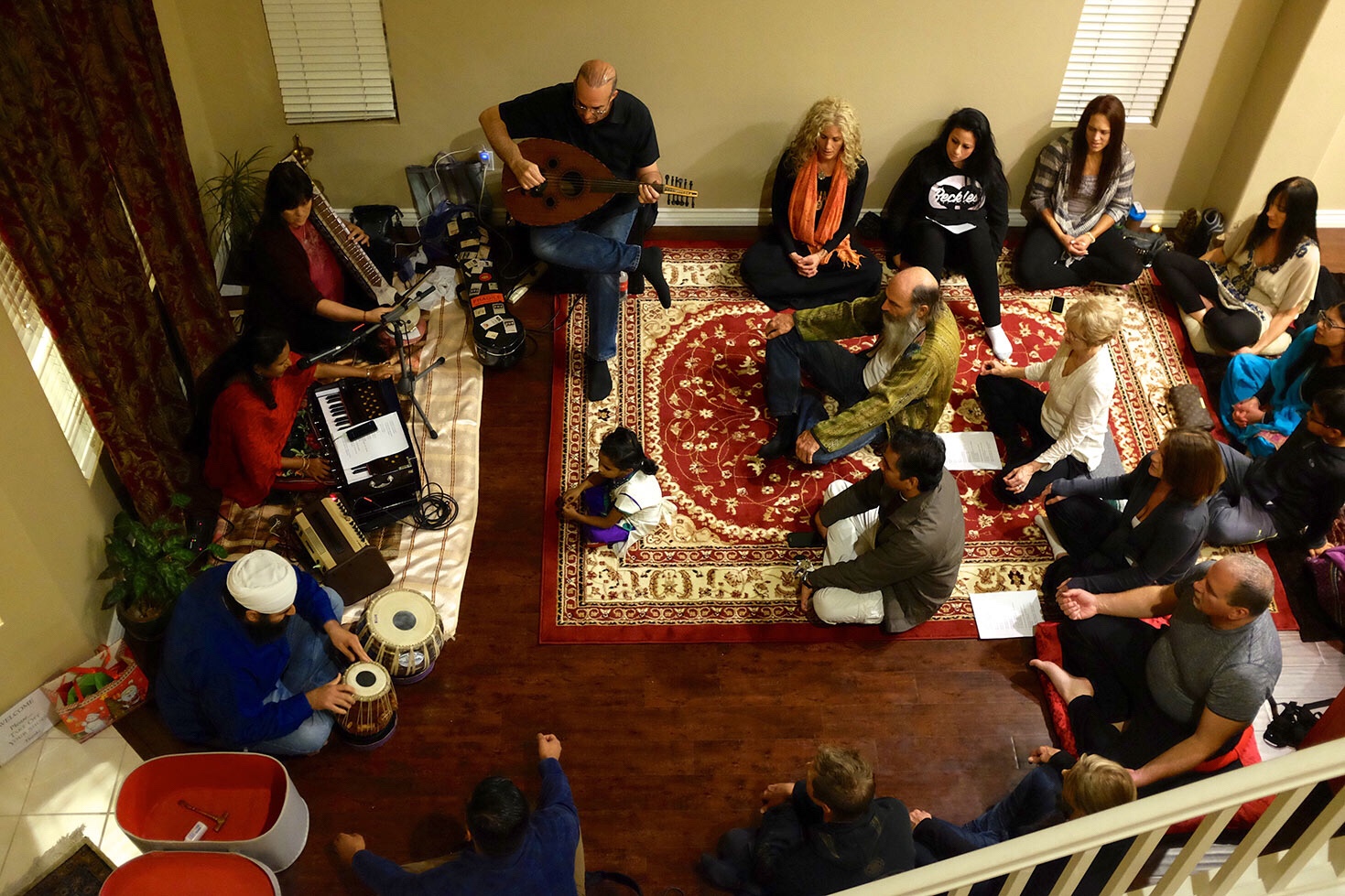Brief Explanation of Kirtan
Kirtan is a unique type of music with origins in India, according to New World Kirtan. It is built on ancient chants. This kind of melody pacifies the mind if you listen intently. The experience varies and does not have to be religious in nature. Kirtan concerts are distinct as people sit on the floor even if chairs are available. There is almost no difference between spectators and performers. A leader (Wallah) intones the mantra while the audience responds by singing as well. Kirtan is acceptable to all types of religions. It is considered the Spirit’s universal language and song of the human soul.
Early History
Kirtan’s origin is traced back several hundreds of years ago. It was said to have started with the Bahkti Yoga in India during the 6th century. The common belief was that wandering poets sang from the Hindu scriptures, Vedas and Upanishads or sacred discourses written in Sanskrit (BC). Both of these earliest religious texts depicted the power of sound in detail and great length.
In 1506, the acknowledged Father of Kirtan, Sri Chaitanya Mahaprabhu pledges his entire life to Kirtan and journeyed across India to disseminate this knowledge. This gave way to the Kirtan Movement. The Hindu saint head led a considerable spiritual and social society that continues to expand all over the world. The truth is he motivated hundreds of thousands of individuals when he was still alive. The legacy goes on to this very day.
Popularity in the USA
How did the Kirtan gain popularity in the United States? Chanting turned out to be a widely held practice in the United States and European Continent in the 1960s primarily because of the world-famous rock group, the Beatles. Eventually, Kirtan become common in American Yoga sessions and festivals. The practice added a more profound connection for those who adopted Yoga as a form of meditation and permanent fixture in their daily lives.
During this period, Hindu male religious teachers and gurus saturated the USA with awareness of Yoga as well as Vedanta (Conclusion of the Vedas scriptures) transcripts or passages. Additional information from other historians pointed out that Kirtan was brought to the Western world during the 20th century or 1923 when a certain Indian spiritual leader and maharishi, Paramahansa Yogananda from Bengali led some 3,000 individuals at the Carnegie Hall (New York City) for a Kirtan concert. This was one of the first public Kirtan concerts in America.
Since the 1960s, Kirtan became more prevalent in America and the rest of the West with contemporary artists like Madonna and Mariah Carey integrating Kirtan in their own repertoire and music albums. All of a sudden, Kirtan emerged in all places.
Kirtan and Chanting
Kirtan adds the use of instruments along with a call and response system between the vocalist and audience. As one of the members of the Beatles (George Harrison) pointed out, going to the temple and chanting with others makes the vibrations more powerful. On the whole, Kirtan reinforces chanting and unites the group spiritually.

